Ancient news stories
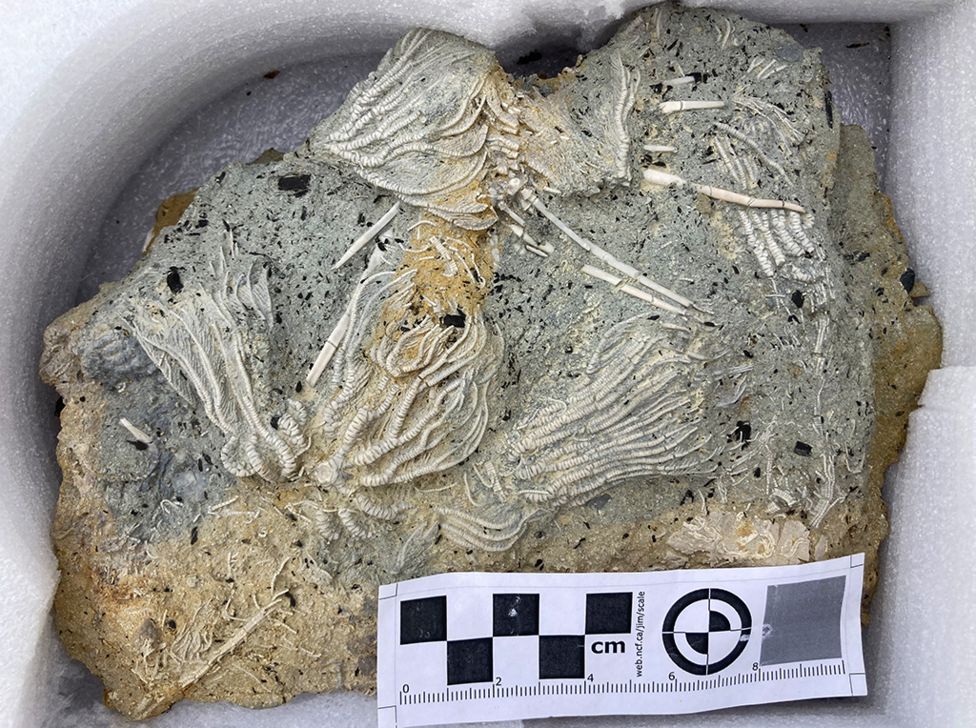
Palaeontologist Tim Ewin is standing in a quarry, recalling the calamity that’s written in the rocks under his mud-caked boots.
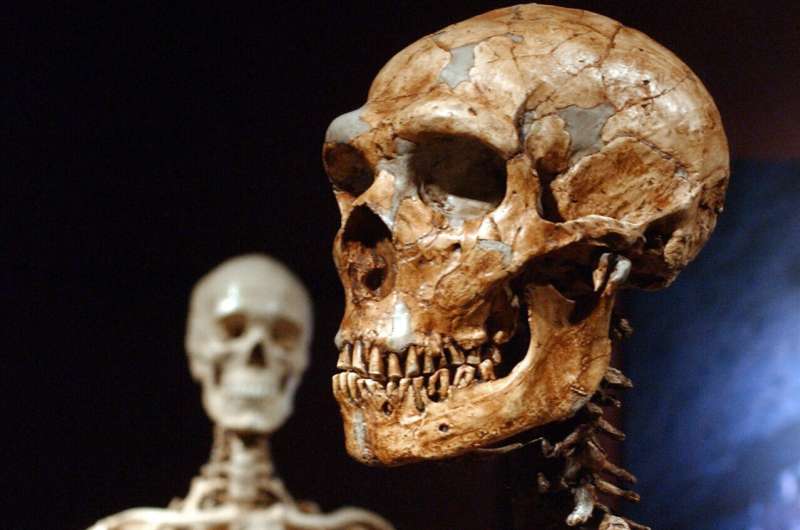
What makes humans unique? Scientists have taken another step toward solving an enduring mystery with a new tool that may allow for more precise comparisons between the DNA of modern humans and that of our extinct ancestors.
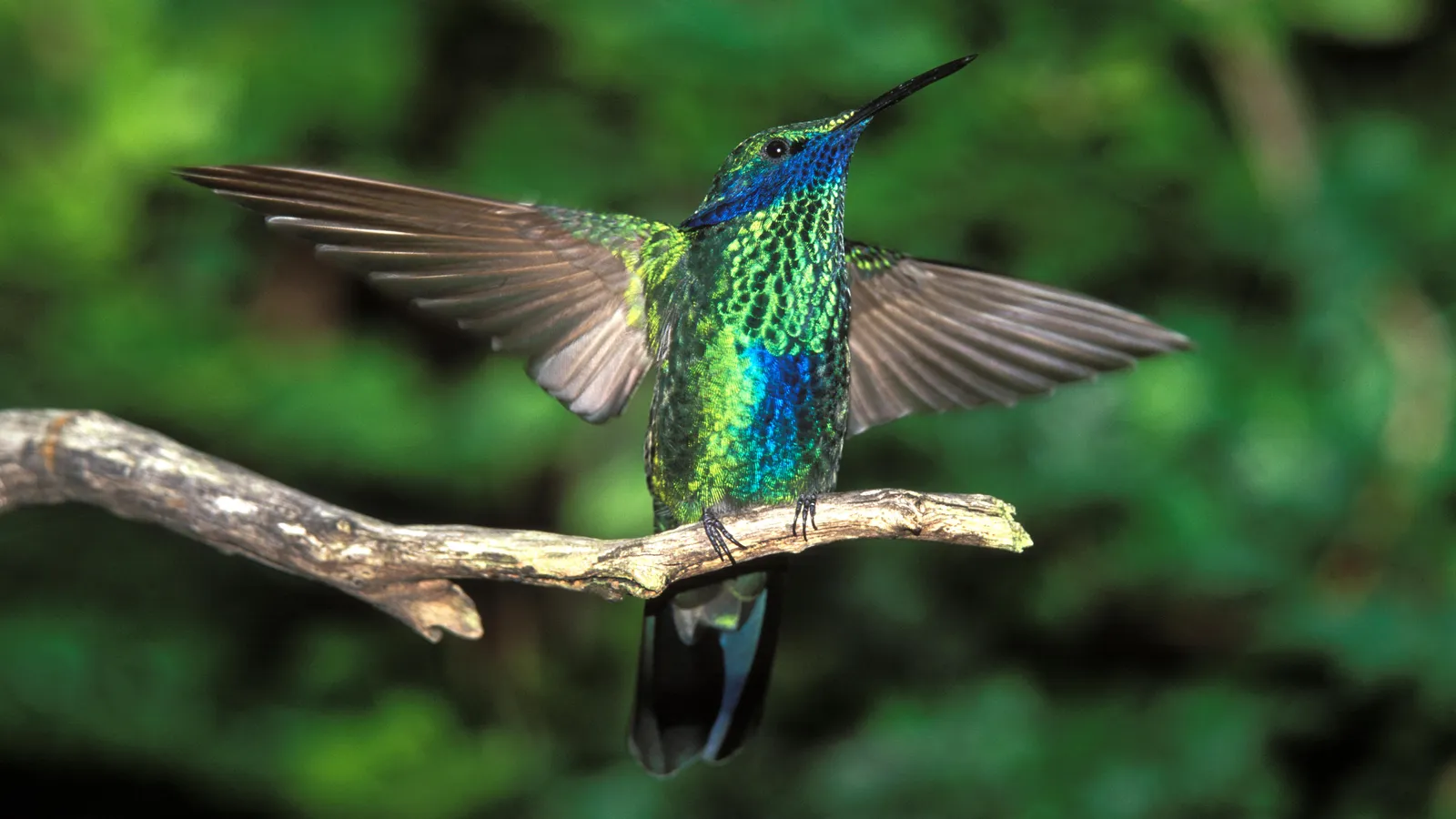
The stories of enigmatic birds told in indigenous folklore aren’t just fascinating tales, they may be a way to preserve languages and cultures at risk of extinction.

A torn 2,300-year-old mummy wrapping — covered with hieroglyphics from the ancient Egyptian Book of the Dead — has been digitally reunited with its long-lost piece that was ripped away.
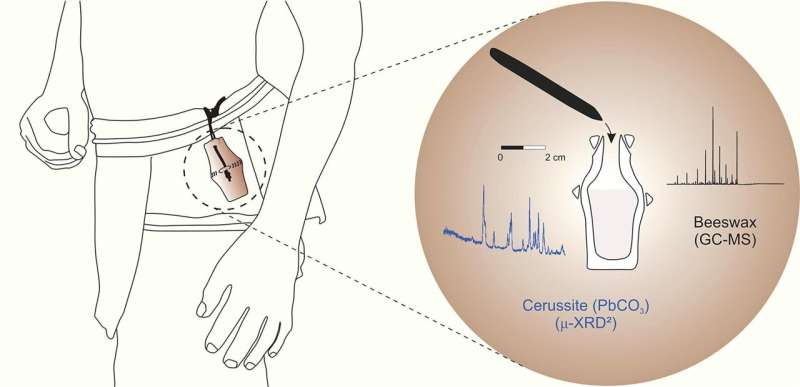
A trio of researchers from Slovenia’s Institute for the Protection of Cultural Heritage of Slovenia at the Centre for Preventive Archaeology and Eberhard Karls Universität Tübingen, in Germany, has found evidence of the oldest known use of cosmetics at a dig site in the Balkans.

For almost 2 decades, genomes isolated from fossils have galvanized the study of human evolution. Yet despite vast improvements in retrieving and analyzing that DNA, researchers have deciphered whole genomes from just 23 archaic humans, 18 of them Neanderthals. This week, however…

Scientists at the University of Southampton have discovered that changes in Earth’s orbit may have allowed complex life to emerge and thrive during the most hostile climate episode the planet has ever experienced.
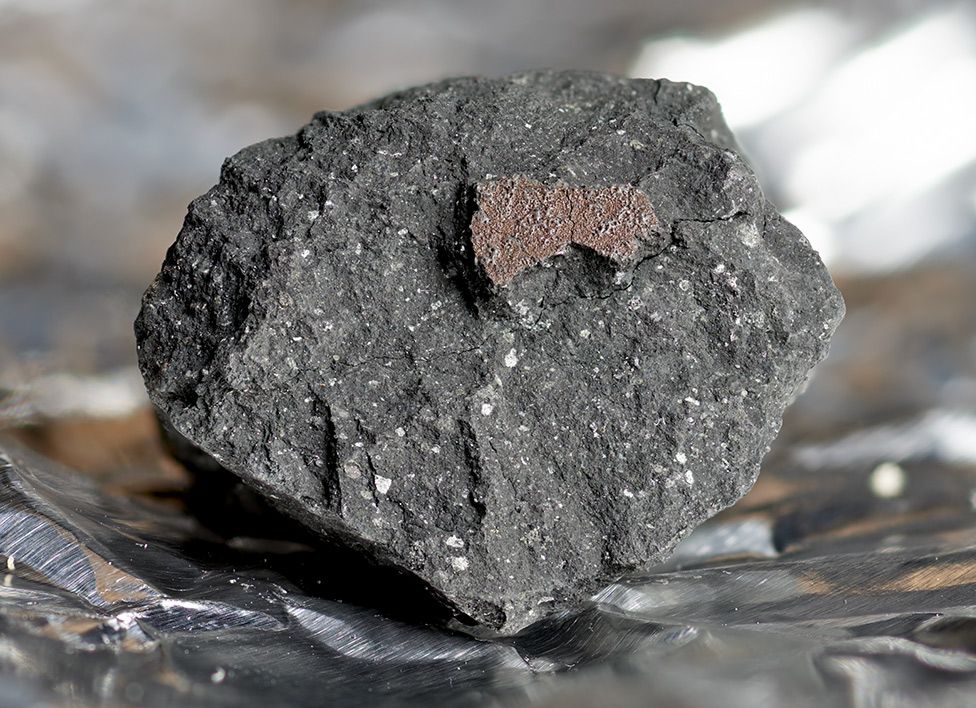
Early work by UK scientists indicates the Winchcombe object dates back to the very beginning of the Solar System, some 4.6 billion years ago.

A chess-sized piece of bone crafted before modern humans are believed to have arrived in the area sparks questions about artistic expression beyond Homo sapiens.
Image from: Fährtenleser (Wiki Commons)
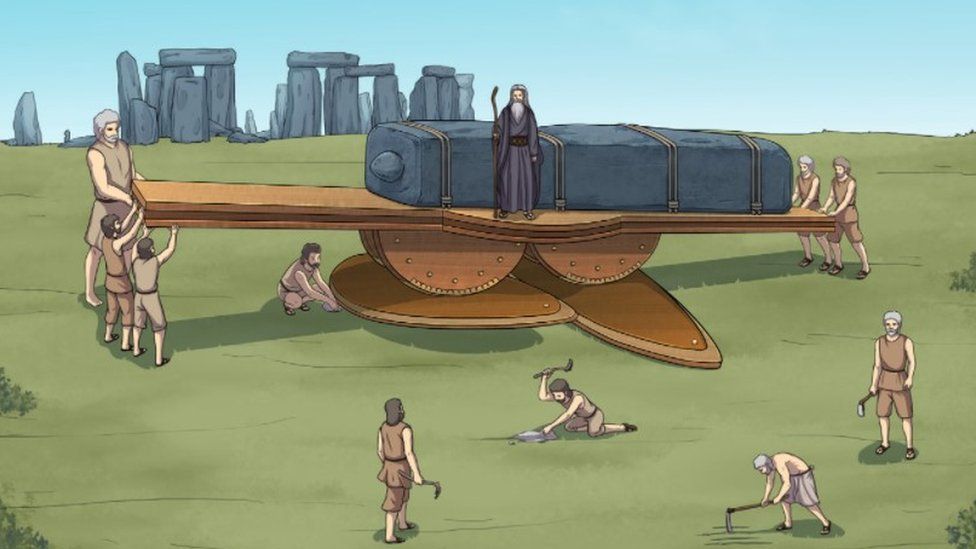
It is a mystery that has confounded experts for centuries – how were huge stones transported 180 miles (290km) from the Preseli Hills to Stonehenge?

A new study suggests that prehistoric elephants like the mastodon and woolly mammoth were wiped out by waves of extreme global environmental change, rather than being hunted to extinction by early humans.
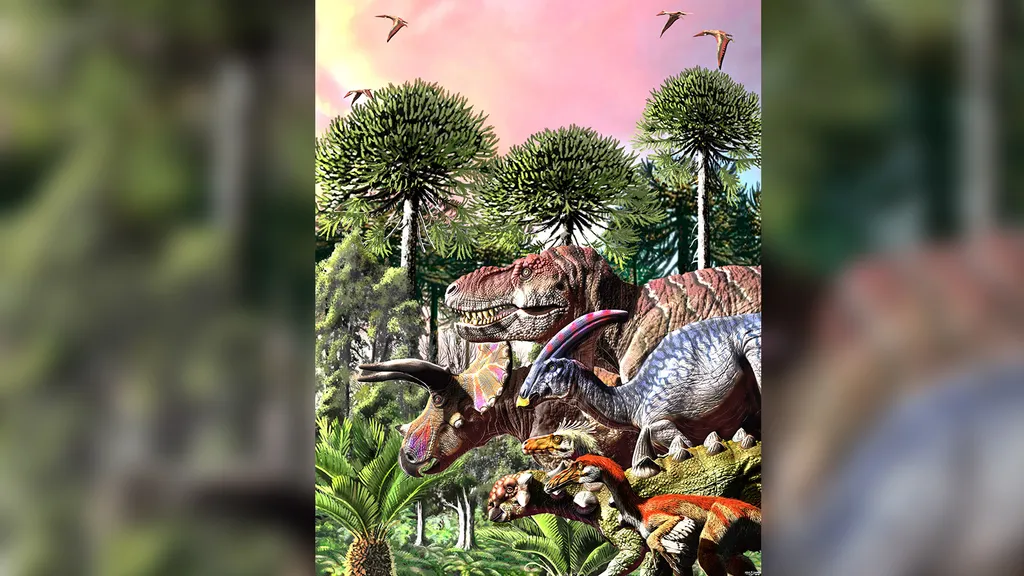
Dinosaurs were facing a crisis even before the asteroid hit, with extinctions outpacing the emergence of new species — a situation that made them “particularly prone to extinction,” a new study suggests.

Denisova Cave in southern Siberia is a site where conditions allowed for the preservation of ancient human fossils and DNA in fragments of bone, hair and faeces, some going back 300,000 years. Richard Roberts and colleagues from Germany and Russia have analysed DNA from sediments and shown which ancient humans were there at what times.
Image from Nerika (Wiki commons)
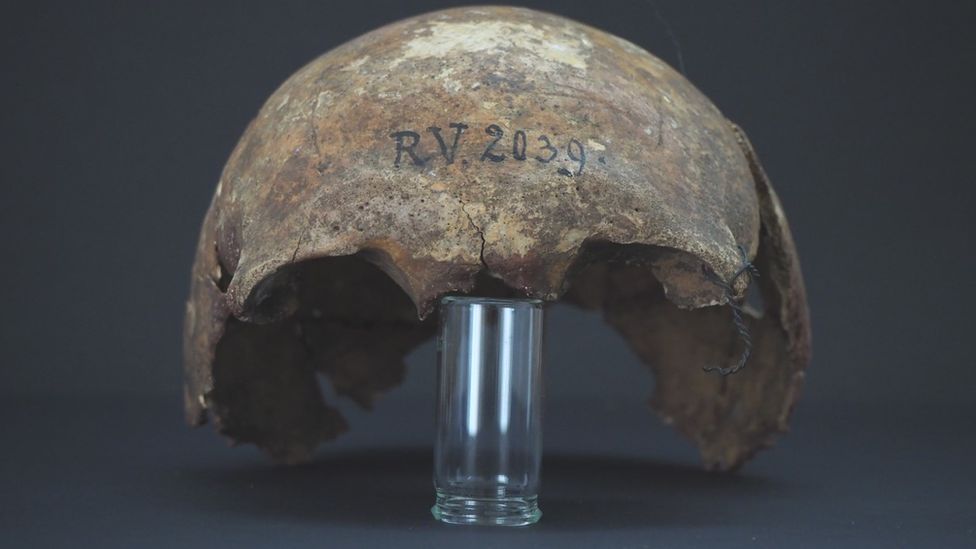
Scientists have identified a new contender for “patient zero” in the plague that caused the Black Death.
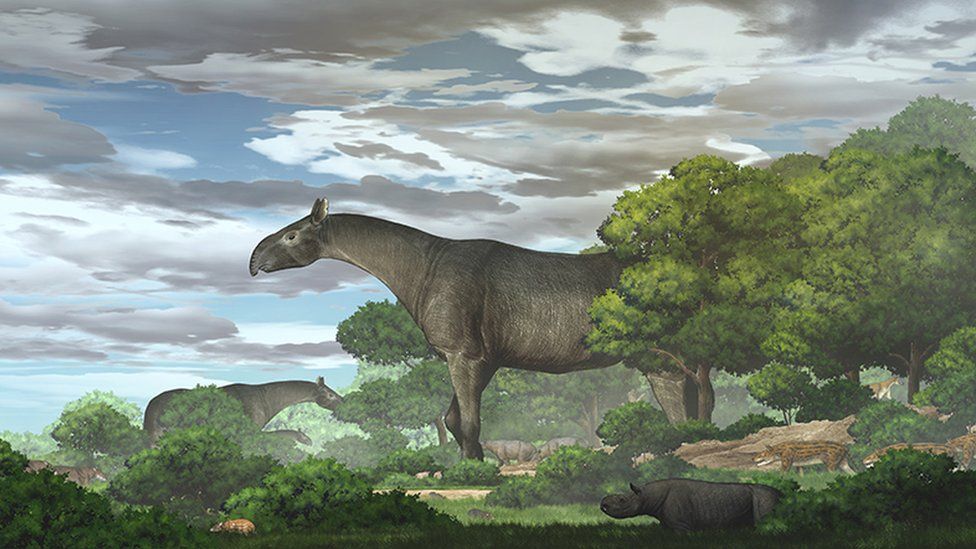
A new species of the ancient giant rhino – among the largest mammals to walk on land – has been discovered in north-western China, researchers say.
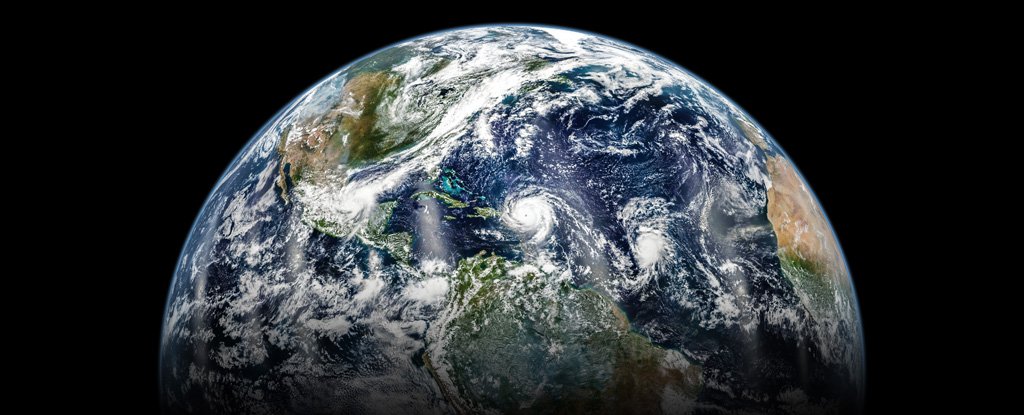
A new study of ancient geological events suggests that our planet has a slow, steady ‘heartbeat’ of geological activity every 27 million years or so.








